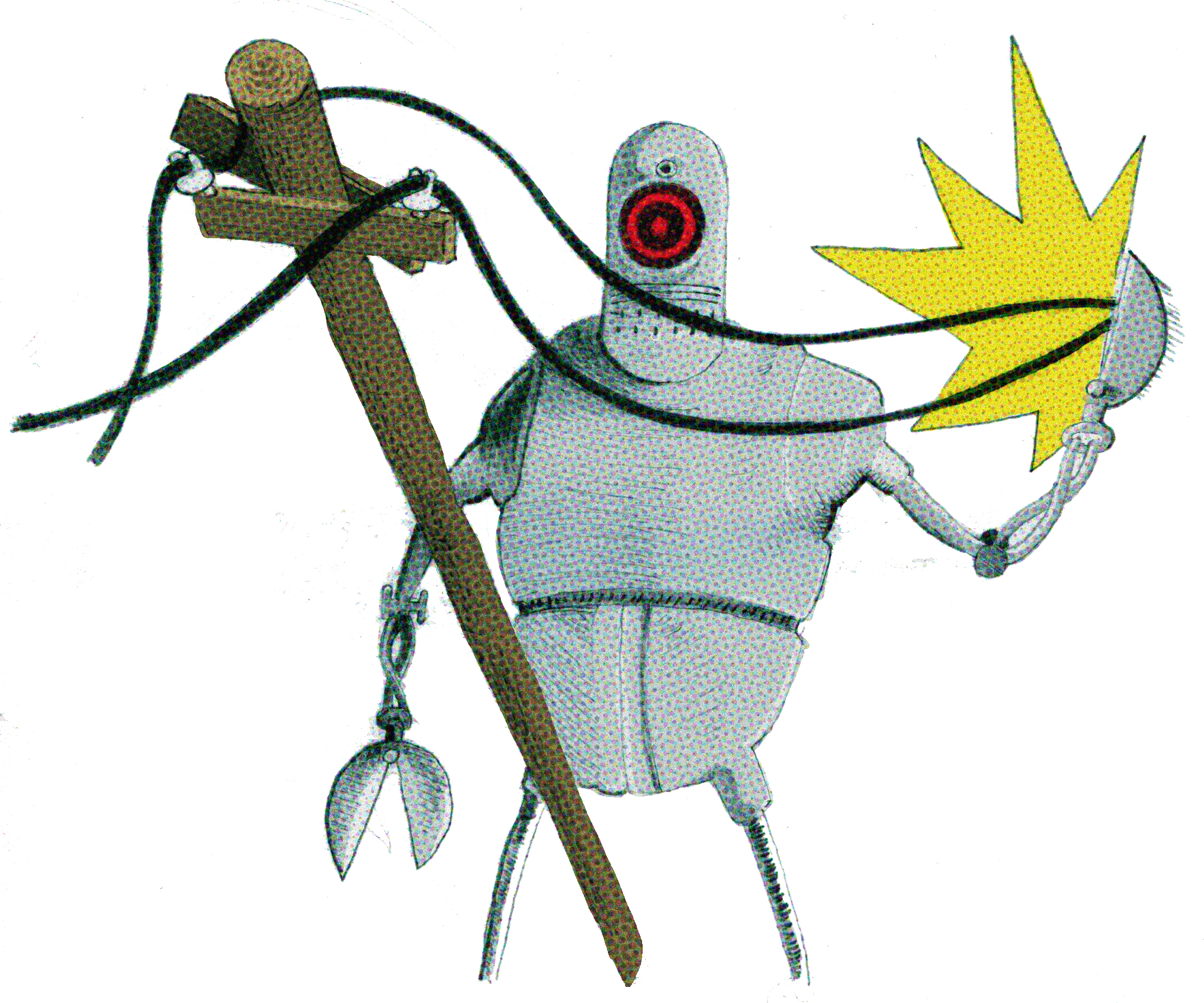Point and click, launch a program and watch as the green bar fills itself up. Do you think it’s always been this easy to share files? Before the advent of standardized and near universal transfer methods, there were various experiments in moving data. Although they may not be as effective, they are definitely interesting and in some cases entertaining.
The first file-sharing networks were called “sneakernets,” a reference to the speed and bandwidth capacity of the iconic Chuck Taylors often worn by data-carrying programmers who had to walk from system to system to transfer data. Though largely replaced by the Internet, sneakernets are still used when the amount of data being transferred is prohibitively large or security is an issue. A sneakernet-based network is virtually unaffected by line noise and features no signal loss, making it one of the most reliable protocols. Sneakernet transfer capacity and effective range can be expanded exponentially with the help of motorized vehicles.
As the old hacker adage goes, “Never underestimate the bandwidth of a station wagon full of [mag]tapes hurtling down the highway.” A Ford full of cassettes can still give the best connection a run for its money, though the better bet is to use hard drives.
A number of years ago Microsoft released a report comparing the cost and speed of various methods used to move large amounts of data and surprisingly enough physical data transfer won out. To move any substantial amount of data (well into the terabytes) the most efficient method is to physically move the medium. The modern process involves clusters of hard drives called “disk bricks” instead of magtapes, but the speed and security remain almost unrivaled.
Of course, if the data being transferred is within the megabyte range, it’s more feasible to use whatever network you happen to have handy. Before the prevalence of the Internet, there were BBSs, or Bulletin Board Systems — essentially local message boards that were accessed over phone lines (local, because long distance charges applied). The BBS phenomenon gave rise to the modern message board or forum, and the spirit of local networks lives on in
Facebook and other social media.
Once the Internet was in place, but before there was a glut of file sharing programs, users had to resort to a variety of file-sharing methods of varying complexity. Usenet bridged the gap between local file systems and global network by providing users with a globally accessible discussion forum. It was only a matter of time before the connective power of Usenet was harnessed to distribute software. The favoured method was the distribution of “binaries” or uncompiled programs in text form, which the user then had the pleasure of re-compiling into a functioning piece of software.
A few years afterwards, FTP and IRC came onto the scene and remained file-sharing staples well into the mid ’90s. IRC, or Internet relay chat, was essentially a real-time version of the Usenet system that allowed users to communicate with far greater speed. Of course, it was a much bigger deal before instant messaging became the norm. More importantly, IRC allowed users to connect to servers and download files through the client, or provided links to FTP servers. FTP or file transfer protocol involves the use of a file-sharing program that accesses an FTP server in order to download files. FTP still finds use in various server applications, though it’s no longer a popular medium for file sharing.
There have been various data transfer methods that tried to forego both computers and humans, but the efforts have yielded mixed results. The most famous is IP over avian carrier, in which a pigeon is used to deliver a single packet over long distances. Although surreal and absurd, the method has been tested and is proven to work. Members of the Bergen Linux group were the first to implement the protocol, sending a total of nine packets and receiving four. The results weren’t stellar, with 55 per cent packet loss and a response time measured in hours, but the system worked. Even more surprising, the system has been adopted by white-water rafting companies, who use carrier pigeons to transport memory cards full of photographs back to a home base. The pigeons manage to deliver the photos before the clients conclude their excursion, making pictures available for purchase immediately after the trip.
It’s not just pigeons that have been used to transfer data. Former ICQ chairman Yossi Vardi designed a system called SNAP (Snail-based data transfer protocol), which is capable of transporting 9.4GBs of data via gastropod. Two DVDs serve as wheels of a balsa-wood chariot that is attached to the snail, which, through various incentives (lettuce or other leafy greens), can be coaxed into acting as a network link. The dual-DVD setup of the snail transfer protocol gives the system a formidable transfer capacity, or a level of redundancy not offered by other conventional data transfer systems.
The next time you right click and save-as, remember the long and winding path that got you there. When you double-click your entirely legal and paid for copy of whatever software, keep in mind that just 15 years ago you would have been knee-deep in code and compilers. Let’s hope this era never ends!



